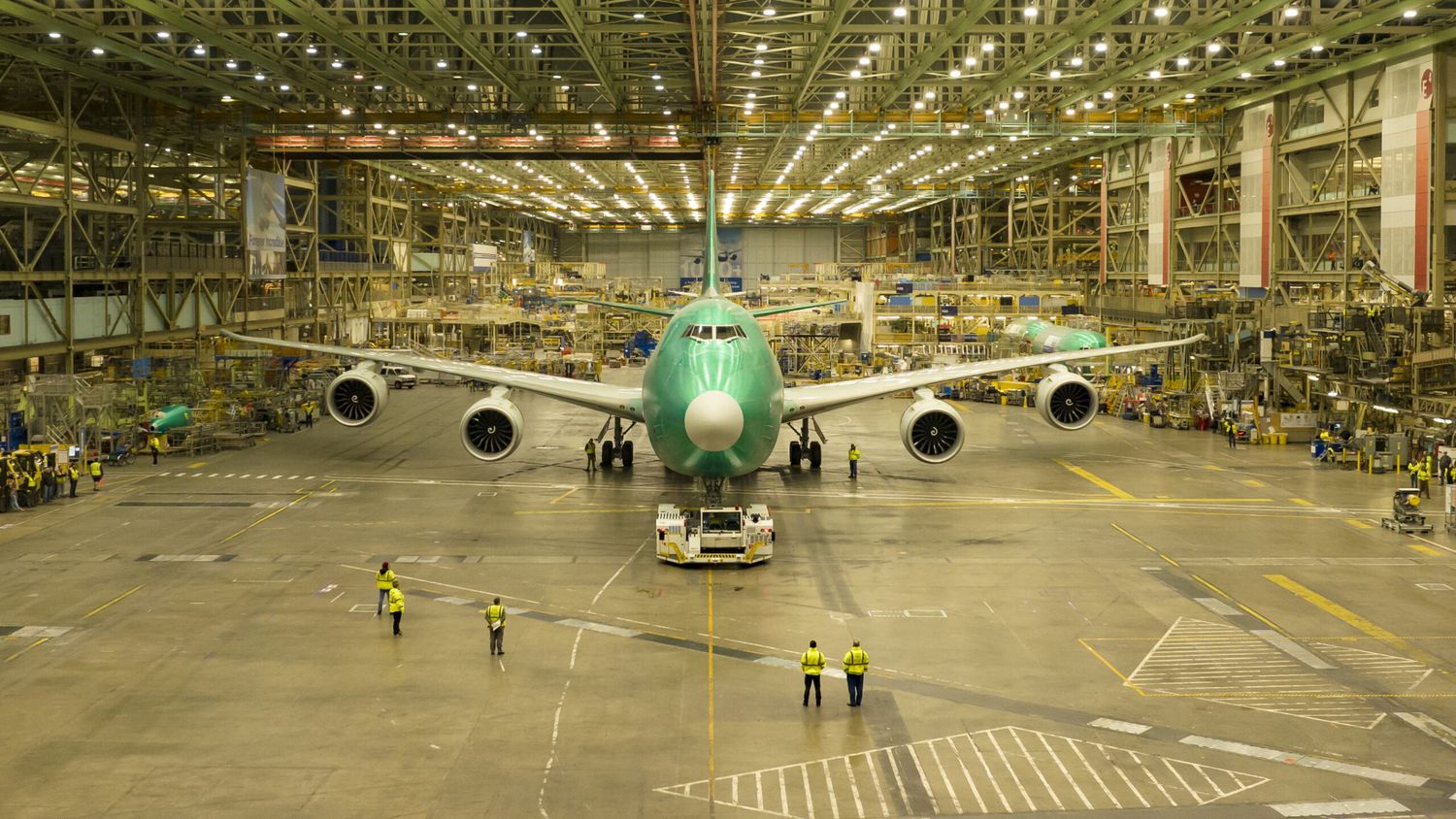After five decades, the production of the Boeing 747 line has finally ended: the last model registered with manufacturer’s serial number (MSN) 67150 and registration N863GT left the company’s Everett plant and will be delivered to cargo carrier Atlas Air by early 2023 for entry into commercial service, according to Leeham News.
«It’s kind of a sad occasion,» said Jon Sutter, grandson of Joe Sutter, known as the «father of the 747.» The Queen of the Skies was the first wide-body aircraft ever built and kicked off the first era of the «Jumbo Jet.»
The 747 program counted as launch customers the most important airlines of the 1960s such as Pan Am, BOAC, Lufthansa, Japan Airlines, Air France, Trans World Airlines, United Airlines, Qantas, among others. The first prototype manufactured was christened «City of Everett» and is currently preserved at Boeing’s museum facility in Seattle.
The first test flight of the Queen of the Skies was on February 9, 1969, and its entry into commercial service was by Pan Am on January 22, 1970, the first long-haul route of the Boeing 747 was an operation between New York (JFK) and London – Heathrow (LHR).
The 747 program faced several important situations throughout the decades, such as the 1973 oil crisis, the deregulation era and the 1997 Asian financial crisis, among others. Despite all these events, the 747 program was successfully maintained.
In the early 1970s, the U.S. manufacturer developed a Combi variant «747-200M» which was a passenger version of the aircraft with a cargo section in the main cabin increasing the cargo capacity, this model was extremely popular with European airlines such as KLM and Lufthansa.
By the end of the 1980s, Boeing built the most successful variant of the program, the 747-400, where more than 600 units were built in passenger, cargo, and combi versions. With the 747-400, airlines began to expand their non-stop operations between Asia-Pacific and North America, ushering in one of the world’s first eras of ultra-long-haul flights.
In 1989, Qantas broke the record for the longest flight by a commercial aircraft with a service between London and Sydney operated with its first factory-delivered Boeing 747-400.
Entering the new millennium, the cargo version of the 747 became increasingly popular among airline operators. After the 9/11 crisis, several airlines, faced with low passenger demand, sold several of their jumbo jets to freighter companies or converted several aircraft in their fleet to freighters.
Among the largest Boeing 747 operators in history are Japan Airlines, United Airlines, Lufthansa, British Airways, Qantas, Singapore Airlines, Pan Am, Northwest Airlines and Air France.
747-8, the latest version
The last variant of the Queen of the Skies was the 747-8, which was built to take advantage of the new engines and modern technology developed for the 787 Dreamliner program, which began in 2004. The company expected to sell some 300 units between passenger and cargo versions, but only 153 were sold, with the freighter model being the most popular.
The Boeing 747-8i was developed to compete against the Airbus A380, trying to offer its customers an option to replace their old 747-400. The industry was no longer interested in such large models and opted for equipment such as the Boeing 777, Boeing 787, Airbus A330 and Airbus A350, which offer a similar or greater range to the Jumbo Jet and optimal cargo capacity for long-haul missions, allowing them to reach more cities and offer more operations.
The 747-8F cargo version entered service in February 2010 with Cargolux and the 747-8i passenger variant began commercial operations with Lufthansa in 2012.
Currently the main operators of the 747-8F are Atlas Air (28), Cargolux (14) and Cathay Pacific Cargo (14) and the passenger version includes Lufthansa (19) and Korean Air (10).


Comentarios
Para comentar, debés estar registrado
Por favor, iniciá sesión